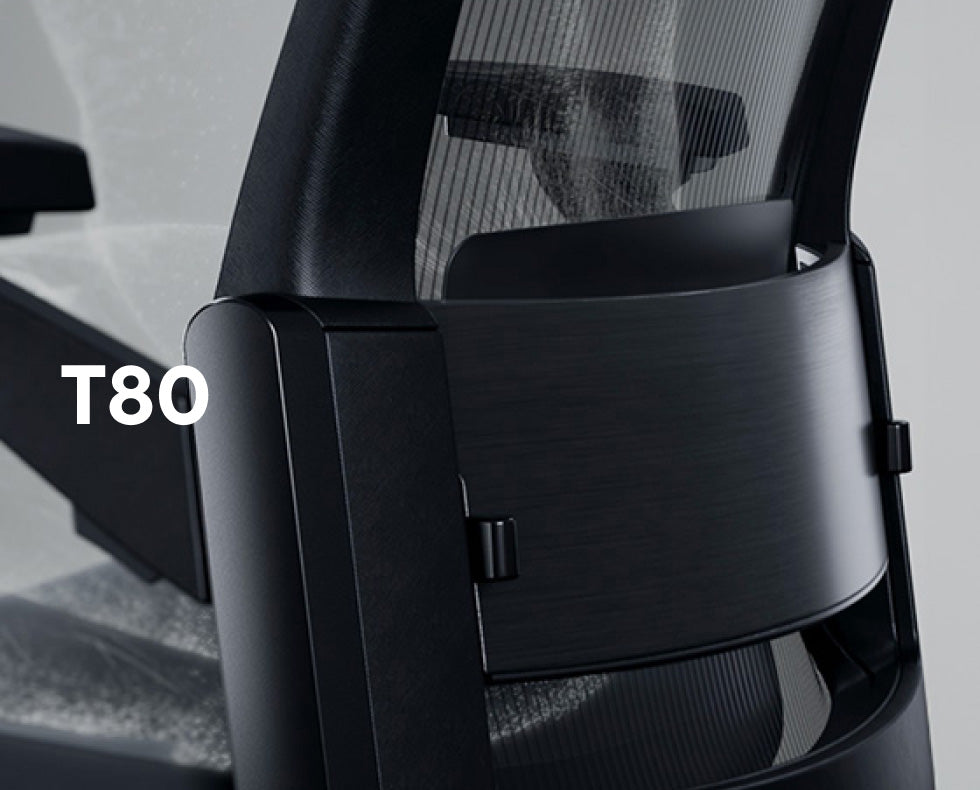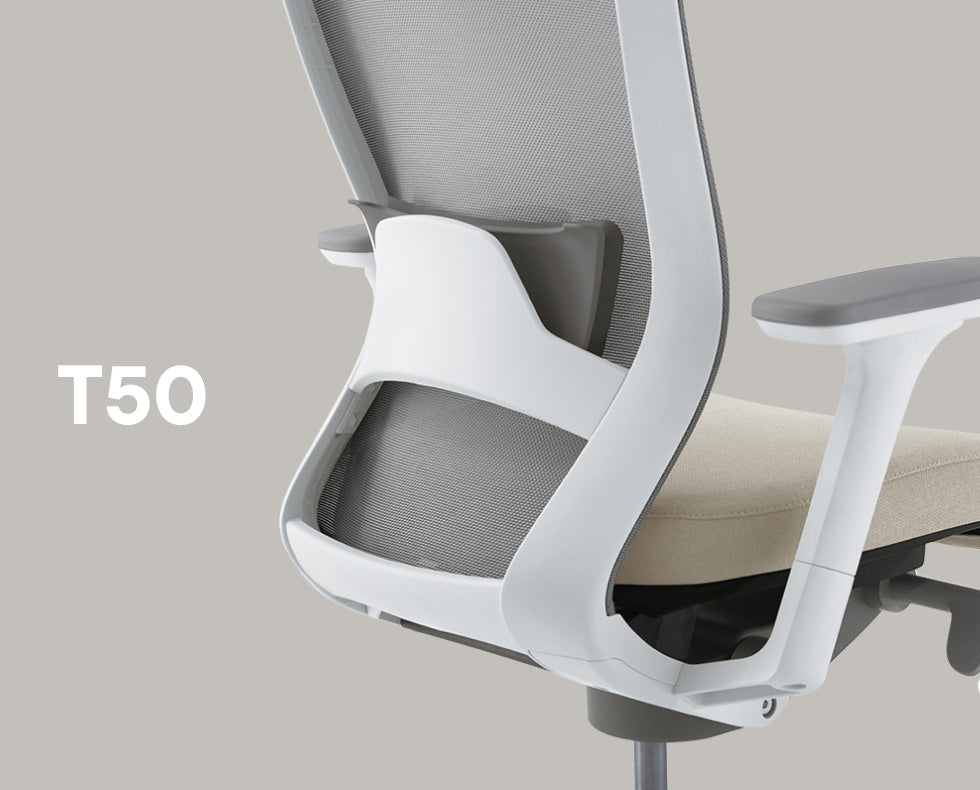Australia’s workplaces are transforming fast. Hybrid working arrangements have moved from a pandemic necessity to a defining choice shaping employee wellbeing and productivity.
Balancing flexibility with connection feels like an art form. Done right, hybrid working arrangements create freedom, comfort, and satisfaction while safeguarding mental, physical, and social health.
Understanding Hybrid Working Arrangements
Hybrid working arrangements blend time at home with days in the office. They create freedom yet still anchor employees within a shared organisational culture.
Some companies set fixed schedules. Others give full flexibility. Either way, the model reshapes how teams collaborate, socialise, and maintain healthy work rhythms.
The Positive Side of Hybrid Working
Working partly from home means fewer commutes, more family breakfasts, and space for exercise. Employees gain control over their environment and time management.
Sidiz designs seating that complements this new lifestyle, helping workers feel supported and energised wherever they log in to deliver their best work.
The Challenges Hybrid Work Brings
Freedom also brings hidden pressures. Without careful planning, hybrid arrangements blur boundaries between personal and professional life, causing fatigue and isolation.
Unequal access to reliable technology, quiet spaces, or supportive managers can deepen stress. Employee wellbeing becomes fragile when these gaps remain unaddressed.
Physical Wellbeing in a Hybrid World
A great chair matters more than many realise. Poor posture and strain build quietly when home offices lack proper support.
Ergonomic chairs encourage natural alignment and reduce aches from long sessions at the screen. Healthy workspaces help employees maintain focus and comfort.
The Case for Ergonomic Office Chairs
Office chairs often feel standard. Yet ergonomic office chairs elevate everyday sitting into a tool for long-term wellbeing, minimising back pain and improving posture.
Sidiz crafts designs blending support and style. Employees feel valued when their workspace furniture shows thoughtful care for health and productivity.
Mental Health and Connection
Human connection fuels motivation. Hybrid workers risk loneliness without conscious rituals. Regular check-ins, honest communication, and offsite days preserve camaraderie.
Leaders who acknowledge stress openly build trust. Employees need permission to unplug, take breaks, and speak up when workloads strain mental health.
Boundaries: Work-Life Integration vs. Balance
Home doubles as an office, but boundaries still matter. Clear guidelines about hours and communication protect staff from being “always on.”
Leaders should model healthy habits. Turning off notifications and respecting time zones encourages employees to recharge and return energised.
Leadership for a Hybrid Era
Managing by presence no longer works. Leaders now guide through empathy, clarity, and outcomes. Inclusive practices ensure all voices remain heard.
Transparent policies, equitable promotion paths, and training help staff feel supported, regardless of how many days they spend in the office.
Measuring Employee Wellbeing
Surveys, engagement scores, and feedback loops reveal how hybrid arrangements affect wellbeing. Without measurement, organisations risk blind spots and falling morale.
Continuous listening allows quick adjustments. Small policy tweaks, new wellness programs, or ergonomic upgrades can lift morale and reduce staff turnover.
Inclusivity and Equity
Hybrid models can deepen divides. Some homes lack space or childcare. Technology gaps or poor connectivity can leave employees struggling unseen.
Equalising access to equipment, flexible schedules, and in-office opportunities ensures every employee thrives, no matter where they work.
Career Growth and Hybrid Work
Professional development must remain vibrant. Hybrid models need mentoring programs, clear learning pathways, and opportunities to shine.
Promotions should be transparent. Achievements need visibility whether someone is remote or onsite, protecting career trajectories from “out of sight” bias.
Technology as an Enabler
Technology should feel seamless. Overloaded platforms drain energy. Fewer, better tools keep teams collaborating smoothly and avoid “app fatigue.”
Accessibility matters too. Tools should support diverse abilities, ensuring inclusion remains more than a slogan across hybrid teams.
Practical Steps to Balance Wellbeing
Organisations can take action now:
-
Offer ergonomic chairs or stipends for home offices.
-
Provide mental health support through EAPs.
-
Create anchor days for collaboration.
-
Respect personal boundaries and flexible scheduling.
Each step signals genuine care for employee wellbeing beyond productivity targets.
Future Trends in Hybrid Working Arrangements
Four-day work weeks may blend with hybrid schedules. AI tools could predict burnout risk before it strikes. Work becomes personalised, flexible, and humane.
Organisations ready to evolve will enjoy loyalty, innovation, and high morale while others scramble to catch up.
Hybrid working arrangements are more than a roster. They shape how Australians live, connect, and thrive at work. Achieving balance is an ongoing practice.
When businesses invest in ergonomic office chairs, supportive leadership, and inclusive policies, wellbeing flourishes. Employees respond with energy, commitment, and creativity.
Workplace success and employee health are no longer separate goals. With thoughtful action and responsive culture, organisations can turn hybrid work into a genuine advantage.



